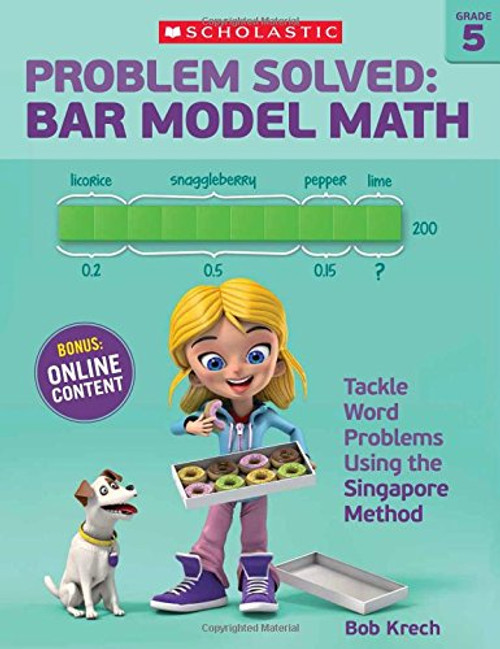Product Overview
Praise for the First Edition
. . . fills a considerable gap in the numerical analysis literature by providing a self-contained treatment . . . this is an important work written in a clear style . . . warmly recommended to any graduate student or researcher in the field of the numerical solution of partial differential equations.
SIAM Review
Time-Dependent Problems and Difference Methods, Second Edition continues to provide guidance for the analysis of difference methods for computing approximate solutions to partial differential equations for time-dependent problems. The book treats differential equations and difference methods with a parallel development, thus achieving a more useful analysis of numerical methods.
The Second Edition presents hyperbolic equations in great detail as well as new coverage on second-order systems of wave equations including acoustic waves, elastic waves, and Einstein equations. Compared to first-order hyperbolic systems, initial-boundary value problems for such systems contain new properties that must be taken into account when analyzing stability. Featuring the latest material in partial differential equations with new theorems, examples, and illustrations,Time-Dependent Problems and Difference Methods, Second Edition also includes:
- High order methods on staggered grids
- Extended treatment of Summation By Parts operators and their application to second-order derivatives
- Simplified presentation of certain parts and proofs
Time-Dependent Problems and Difference Methods, Second Edition is an ideal reference for physical scientists, engineers, numerical analysts, and mathematical modelers who use numerical experiments to test designs and to predict and investigate physical phenomena. The book is also excellent for graduate-level courses in applied mathematics and scientific computations.







